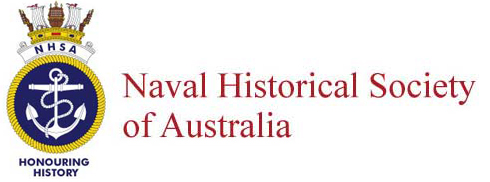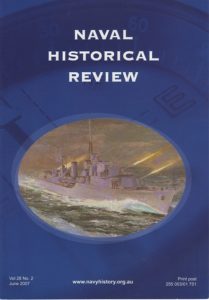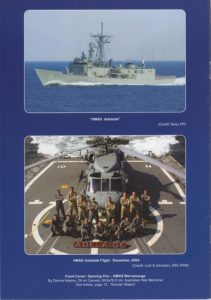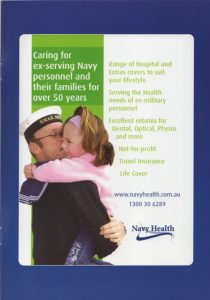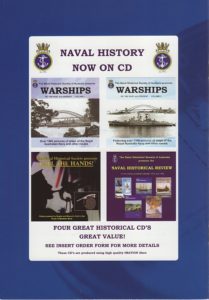- Author
- Smythe, D.H.D., AO, Commodore, RAN
- Subjects
- History - WW1, WWI operations
- Tags
-
- RAN Ships
- None noted.
- Publication
- June 1991 edition of the Naval Historical Review (all rights reserved)
Originally, the Gallipoli campaign was planned to be a purely naval show. But let me go back in history a little further even than that.
The Gallipoli campaign was caused, basically, by the fact that Turkey entered the First World War. There was no need for Turkey to do so; for no one threatened her seriously, and both the Allies and the Central Powers wanted to keep her neutral. However, the government of the Young Turks, who had deposed the Sultan, had placed their country in a chaotic political situation. Among other problems, their government was bankrupt. The hopelessness of the situation compelled the Young Turks to look to the outside world for allies, and the choice rested between Britain and Germany.
Britain was not enthusiastic about “taking on” the Turks as allies, but the Germans were.
In August, 1914 the British Naval Mission was still operating in Constantinople, but it was outnumbered by the German military mission which was actively infiltrating the Turkish Army. This created complicated intrigues in Turkey.
The situation between Britain and Turkey became tense when Britain refused to deliver two warships which she was building for Turkey. On August 3, 1914, Winston Churchill, First Lord of the Admiralty, announced that in the interests of British national security the two ships had been requisitioned by the Royal Navy. Germany responded by offering Turkey the battle cruiser GOEBEN and the light-cruiser BRESLAU, which “happened” to be in the Western Mediterranean at the time.
The GOEBEN had a displacement of 22,000 tons, had ten 11-inch guns and a speed of 26 knots. She could dominate the Russian Black Sea fleet, whose presence was worrying the Turks at that time, and out-distance, though not out-gun, any British Navy ship in the Mediterranean.
British warships shadowed the Germans but had orders not to fire until war broke out with Germany – which it did at midnight on August 4. By that time the German ships had eluded the British (with no credit to the British Admiral, who was later court-martialled) and on August 9, they steamed through the Dardanelles. This still did not, however, bring Turkey into the war: Germany, as well as Britain and its Allies, were still attempting to get Turkey to remain neutral, although Germany had reservations about this.
The situation was a stalemate until after the Battle of the Marne in September, 1914. This battle showed decisively that Germany was not going to ”walk through” the British and the Allies, and that the war would not by any means be over by Christmas, as almost everyone had forecast. As a result, Germany began to look for allies and decided that she wanted Turkey in the war,
One of the earliest indications of this changed attitude was in the treatment of the British Naval Mission in Constantinople. This mission, under the command of Admiral Limpus, had for some years undertaken the training of the Turkish Navy. With the arrival of the GOEBEN its position had become at first embarrassing and then unsupportable. Early in September it was clearly impossible for Admiral Limpus to go on. On the 9th the Mission was withdrawn, and the Germans now controlled the Turkish Navy as well as the Army. Then on September 26, a Turkish torpedo-boat was stopped as she tried to leave the Dardanelles by the British squadron lurking there, and when it was found that there were German soldiers on board, the vessel was ordered to go back to Turkey. On hearing this news the German Army officer commanding the fortifications, took it on himself to close the Dardanelles. New mines were laid across the channel, lighthouses were extinguished, and notices were put on the cliffs warning all vessels that the passage was blocked.
Things were quiet for about a month, and then, on October 29, the GOEBEN, the BRESLAU and a Turkish squadron which was manned in part by German soldiers, steamed through the Black Sea, and on this and the following day they opened fire without warning on Odessa Harbour, on the Russian fortresses at Sevastopol and on Novorossik, sinking all shipping they could reach and setting the oil tanks on fire.
On October 30 the Russian, British and French ambassadors at Constantinople delivered a twelve-hour ultimatum to the Turkish government and, when it was unanswered, asked for their passports. Hostilities began on the following day, and on November 3 several British and French battleships bombarded the forts at the entrance to the Dardanelles (without much effect).
